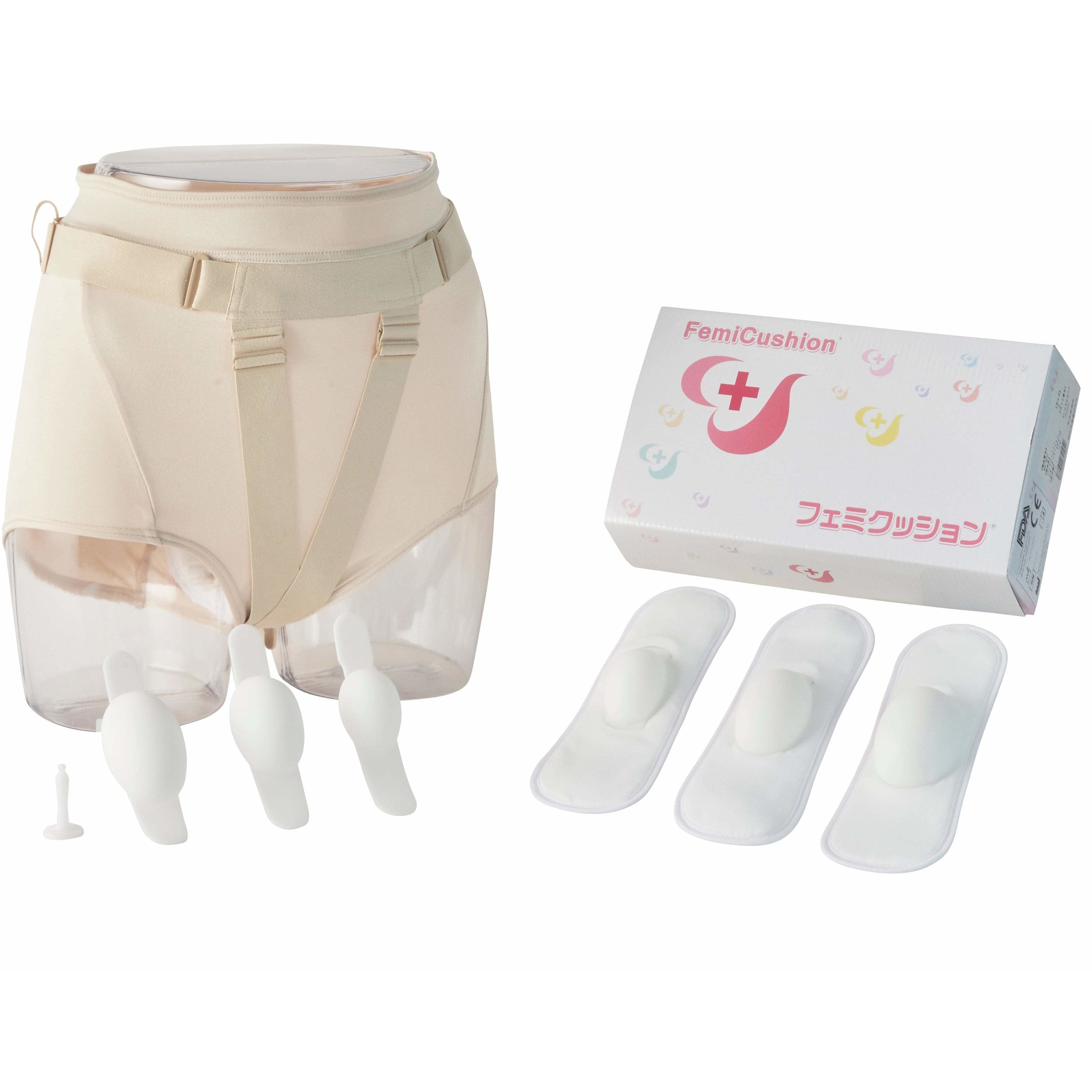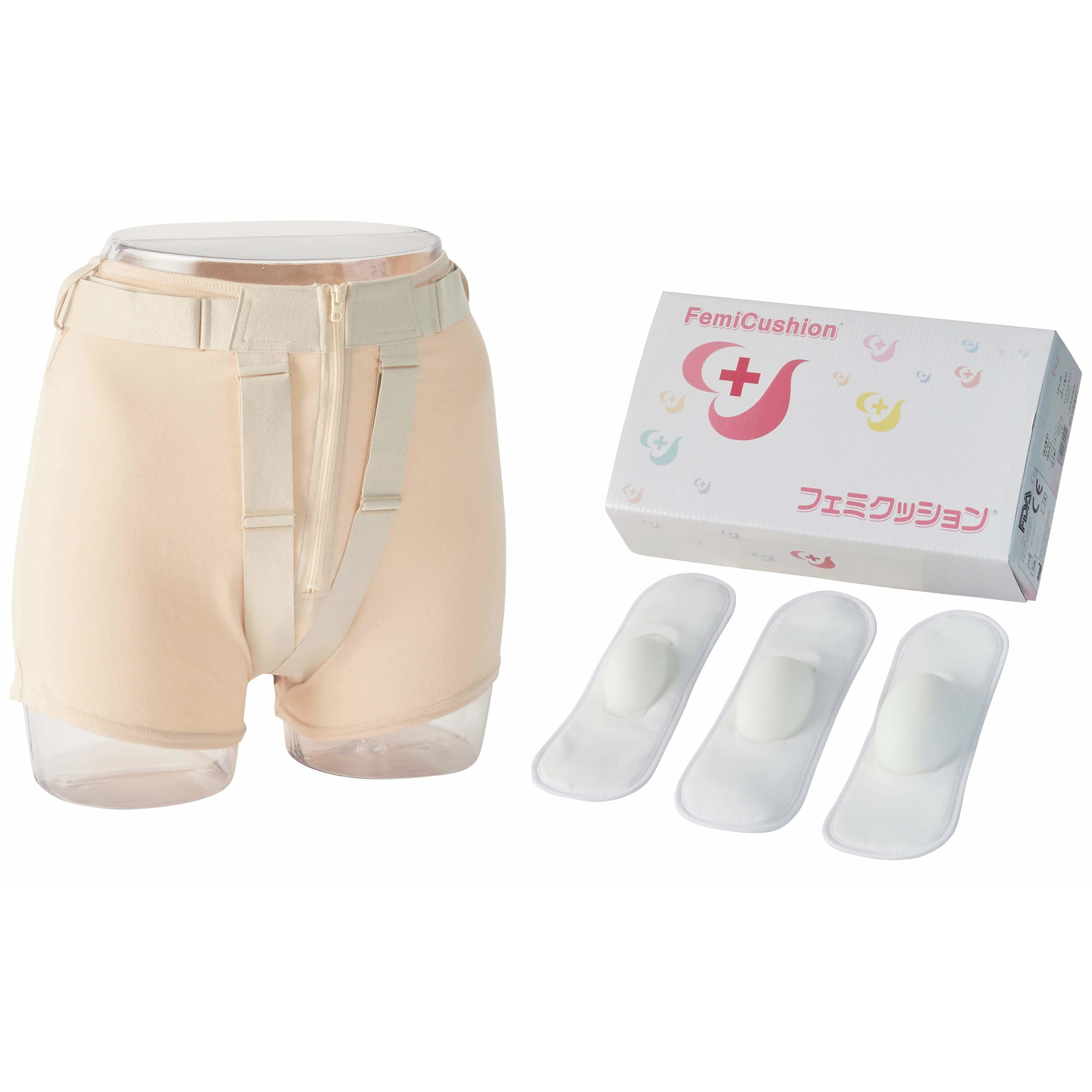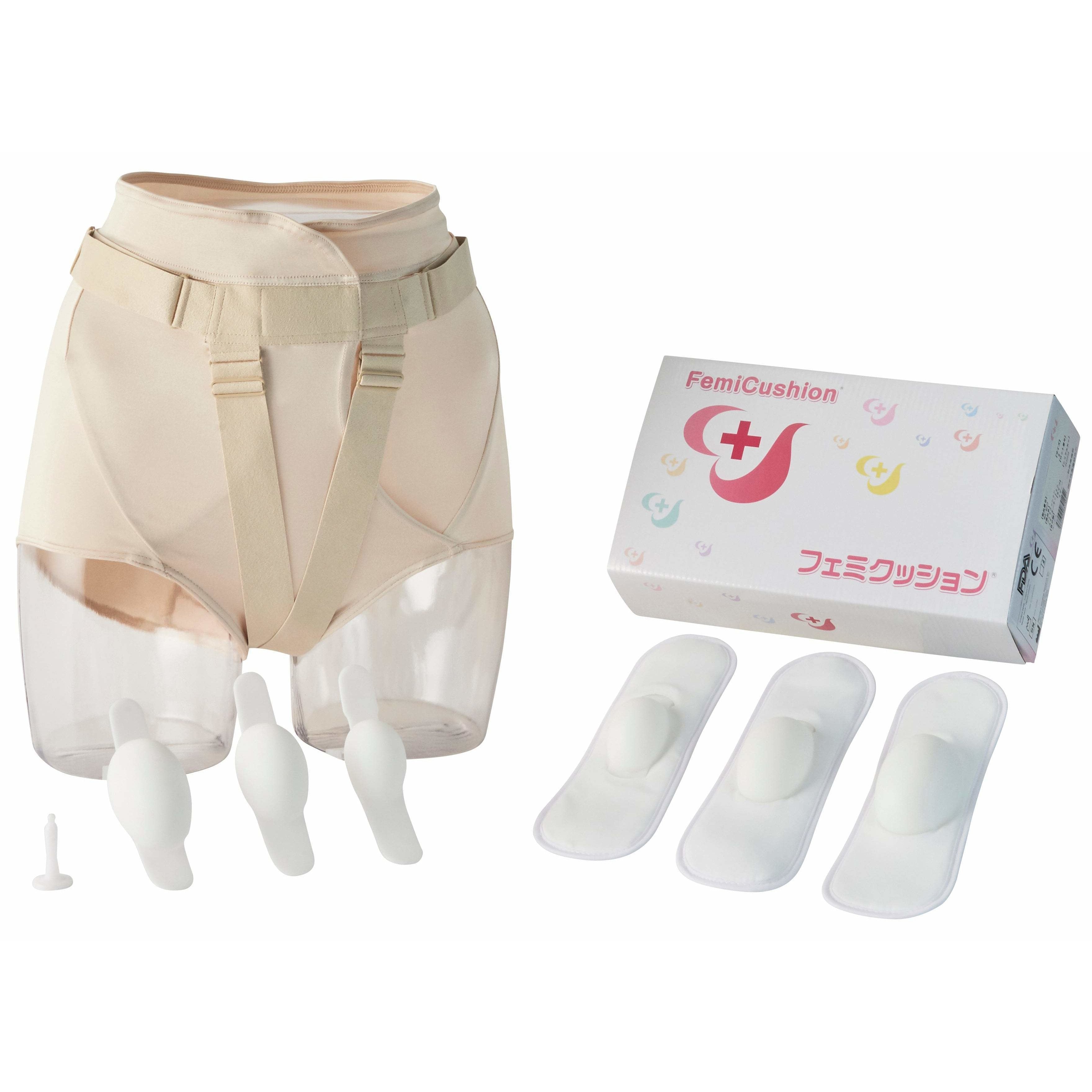Pelvic Floor Health: Preventing and Managing Genital Prolapse in Women
Table of Contents

Genital prolapse, also called pelvic organ prolapse (POP) or vaginal prolapse, is a medical condition that occurs in women where the pelvic organs slip from their original position and drop into the vaginal canal. This happens when the pelvic floor muscles and ligaments lose strength due to pregnancy, childbirth, chronic constipation, and hormonal changes after menopause. Though it can affect women of all ages, genital prolapse is more prevalent in women over 45 years. Many women get confused with the terms pelvic organ prolapse, vaginal prolapse, and genital prolapse but they are all essentially describing the same condition.
Genital prolapse affects almost 50% of all women who have undergone childbirth and about 33% of all women globally. Thus, taking care of pelvic floor health is crucial for all women. This article will discuss the causes and symptoms of different types of genital prolapse and how to manage and prevent the condition.
Types of Genital Prolapse
Genital prolapse can be of different types depending upon the pelvic floor tissues affected.
- Cystocele: The bladder descends into the vagina.
- Urethrocele: The urethra bulges into the frontal vaginal wall
- Enterocele: The small intestine drops into the vaginal canal.
- Rectocele: The rectum or large intestine bulges into the vagina.
- Uterine prolapse: The uterus descends into the vaginal canal.
- Vaginal Vault Prolapse: A condition where the top of the vagina (cervix) slips into the vagina.
Causes of Genital Prolapse
Several factors can contribute to the development of genital prolapse, such as:
- Pregnancy: During pregnancy, a surge of certain hormones can relax the pelvic floor muscles and ligaments. In addition, the growing fetus can put pressure on the pelvic floor connective tissues and can weaken them, thus increasing the risk of prolapse.
- Childbirth: Vaginal childbirth, prolonged labor, large fetus, and complications during delivery can stretch the pelvic floor muscles, thus increasing the risk of genital prolapse.
- Menopause: The decline in estrogen levels during menopause can cause the tissues in the pelvic area to become thinner, less elastic, and less able to support the organs.
- Aging: Advancing age in women causes the pelvic floor muscles to lose strength and elasticity, which can contribute to prolapse.
- Constant pressure on the Abdomen: Chronic coughing, obesity, constipation, and tight clothing can all put unwanted pressure on the abdomen increasing the risk of vaginal prolapse.
Symptoms of Genital Prolapse
If you suspect that you have vaginal prolapse, you can experience some on the common symptoms of genital prolapse below:
- A feeling of fullness or pressure in the vagina
- A heavy or dragging sensation in the lower abdomen
- Seeing a lump or bulge at the vaginal opening
- Urinary incontinence or difficulty urinating
- Difficulty having a bowel movement or bowel incontinence
- Pain and discomfort during sexual intercourse
- Painful symptoms more prominent later on in the day
Often, women with mild-to-moderate genital prolapse experience more symptoms and only come to know about the condition after a pelvic exam or ultrasonography. You are more prone to experience symptoms when the condition worsens over time.
The symptoms of genital prolapse can be embarrassing and cause anxiety. It may impact women's quality of life. Genital prolapse can cause discomfort or pain during daily activities that involve standing, walking, or lifting heavy objects. It can also hamper your sexual life. Thus, it is important to seek medical care promptly to manage the symptoms. Leaving the prolapse alone will most likely cause it to worsen and pelvic organ prolapse cannot heal on its own.
Diagnosis of Genital Prolapse
Genital prolapse is generally diagnosed by a manual pelvic exam or an ultrasonography. Your healthcare provider might ask you to bear down as if having a bowel movement and contract your pelvic muscles as if trying to stop a urine stream. This will allow your healthcare provider to assess the strength of the pelvic muscles, the severity of the prolapse and assign a grade to the prolapse.
Pelvic Organ Prolapse-Quantification System (POP-Q System)
Stage 0: no prolapse
Stage 1: more than 1 cm above the hymen
Stage 2: less than or equal to 1cm proximal or distal to the plane of the hymen
Stage 3: more than 1 cm below the plane of the hymen, but protrudes no father than 2 cm less that the total length of the vagina
Stage 4: complete eversion of the vagina
Treatment for Pelvic Organ Prolapse
Depending upon the severity of the condition, your healthcare provider will discuss the best treatment options suitable for you.
- You may not need any treatment for very mild cases of prolapse if no symptoms are causing disruptions to daily life.
- For mild-to-moderate genital prolapse, your doctor may advise you to perform pelvic floor therapy for exercises like Kegels to strengthen the pelvic floor muscles. Pessaries is another common treatment option that uses a silicon prosthetic device that is inserted in the vagina to provide the necessary support to the pelvic floor organs.
- In case of advanced cases of genital prolapse, you may require surgery. For uterine prolapse, your doctor may perform a hysterectomy (complete removal of the uterus). But this procedure eliminates the possibility of future pregnancy. Thus, for women who wish to have children in the future, a uterus-sparring procedure is suggested.
- For other types of pelvic organ prolapse, your doctor may perform pelvic floor repair surgery using mesh, a sling, sutures, or graft tissue. In these procedures, the prolapsed organ is positioned back in their healthy locations then supported to the pelvic floor using different methods.
- There are many external support devices available on the market. One of the most unique ones being FemiCushion. FemiCushion is a device invented for women who are not suitable for pessary use or surgery. It features a patented silicone cushion designed that is placed directly against the vaginal opening to prevent any prolapse from bulging out of the body. In turn, this alleviates and eliminates any pain and discomfort caused by the pelvic organ prolapse allowing women to live life pain free again.
FemiCushion for Pelvic Organ Prolapse

Over the years, many women around the world used FemiCushion to relieve symptoms of pelvic organ prolapse. We have received many positive feedback from our patients, but FemiCushion was so studied in different clinical trials as summarized below.
Journal of Obstetrics and Gynecology Research
FemiCushion effectively repositioned prolapsed organs in a study on severe pelvic organ prolapse (POP) without the risks associated with pessary use. Magnetic resonance imaging showed positive outcomes in 12 patients, suggesting potential improvements in POP after just one month of FemiCushion use.
The Pelviperineology Journal
An independent study in São Paulo, Brazil, revealed FemiCushion's effectiveness in women aged 60 to 79 over three months, presenting lower complication risks compared to pessaries. Significant improvements were noted in symptoms like lower abdominal pain and pelvic bulges, positioning FemiCushion as a valuable option for enhancing the quality of life in POP patients.
Sexual Medicine Society of North America (SMSNA)
The SMSNA presented a study on dermal tissue transplantation for pelvic organ prolapse, utilizing FemiCushion postoperatively to support recovery and improve patient quality of life. The external pessary proved beneficial in managing sexual dysfunction, providing an alternative for those using a vaginal pessary. This study suggests FemiCushion's potential in postoperative care for enhanced support and improved outcomes.
Lifestyle Modifications and Prevention
Maintaining certain lifestyle habits can help reduce the risk of developing genital prolapse. Lifestyle modifications also play an important role in managing symptoms of genital prolapse and preventing the recurrence of the condition.
Doctors recommended maintaining a healthy weight, quitting smoking, avoiding heavy lifting, and treating chronic constipation or coughing immediately to lessen the symptoms of genital prolapse. Strengthening the pelvic floor muscles through exercises such as Kegels is highly recommended. Eating a high-fiber diet, staying hydrated, and exercising regularly can also help prevent genital prolapse.
Conclusion
Being diagnosed with genital prolapse can be an overwhelming experience. However, early diagnosis and prompt treatment can help improve the quality of life of women with genital prolapse.
While mild-to-moderate cases can be treated using lifestyle modification, pessary use, external supports, and pelvic floor exercises, more severe cases of genital prolapse may need surgery. If you are experiencing symptoms of genital prolapse, you need to talk to your doctor immediately to understand the best treatment option for your condition.
Supervising Doctor of This Article

Koichi Nagao, MD PhD
Professor, Department of Urology, Toho University Faculty of Medicine
Director of Urinary tract reconstruction center, Toho University Omori Medical Center
Director of Reproduction Center, Toho University Omori Medical Center
Professor Nagao specializes in plastic surgery in the field of reproductive medicine. He completed eight years of plastic surgery training at Showa University before majoring in urology at Toho University. With his meticulous surgical techniques and careful examinations that combines urology and plastic surgery, Professor Nagao became a Board Certified Specialist with multiple associations including the Japanese Urological Association, the Japan Society for Reproductive Medicine, and the Japanese Society for Sexual Medicine.
The suggested Products

FemiCushion Standard Deluxe Kit
$299.99

FemiCushion Lite Kit
$249.99

FemiCushion EasyOpen Deluxe Kit
$299.99




